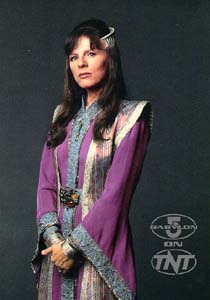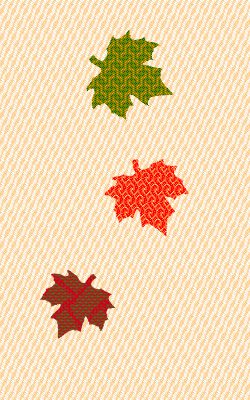With Kodachrome nearly done (just the sleeve and hat linings remaining), I’m starting to think about the next project, which will be an outrageous couture costume of some sort, designed to show off some of the unique things handweaving can do. I have spent several days poring over the couture collections from the last few years, plus some fashion books that Sharon loaned me. So many design options! Elegant, or convoluted? Colorful or understated? Floofy or straight? Suitable for everyday wear, or outrageous?
Well, ok, you know me. While I might change my mind, this outfit will be a tribute to my AIDS Lifecycle costumes. Which is to say, totally outrageous. Brilliant colors. Probably floofy, though I may not go tutu-short. Definitely not something to wear on the street!
So now comes the design process. I’m struggling a bit with the wide variety of designs – there are so many I like! – so I’m thinking I may come at it another way, by thinking about the weaving and sewing techniques I might want to use, and how they might roll up into a finished piece.
Here is one example that I think looks promising:
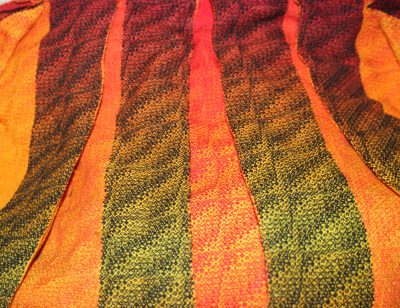
This is left over from an unsuccessful project (on the same warp that gave birth to the Liquid Fire and Black Fire shawls). I like the “moth” effect – the dark colors that, when the wings are spread, show a startlingly bright color underneath. My one concern is that the pleating will tend to be bulky at the top.
Other possibilities include:
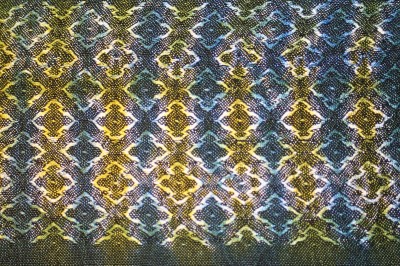
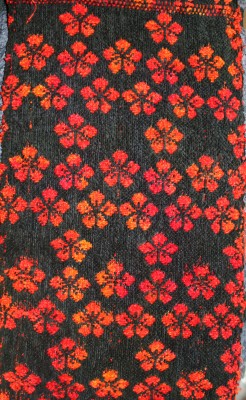
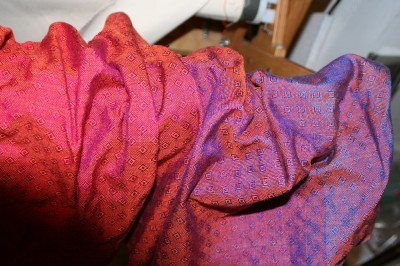
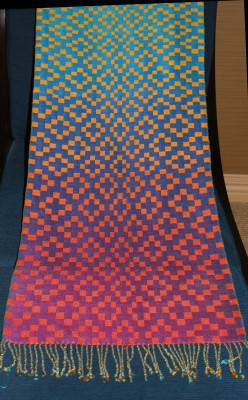
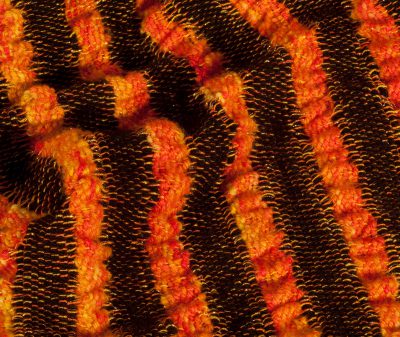
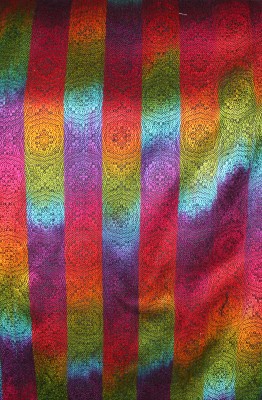
There are, of course, infinitely more possibilities, and I will probably use some techniques that aren’t on the list, but I am looking specifically for techniques that are specific to handweaving, that can’t be gotten in other ways. (This is, of course, an arbitrary decision, but I like the idea of showing off the things handweaving is uniquely capable of.)
That narrows the field down a bit. I am going to let things percolate a bit. It is still overwhelming, but perhaps a bit less completely so.
Sharon asked about the cashmere coat. It is still “on hold”. I had planned to work on it after Kodachrome, but I’m feeling a bit burned-out on sewing right now. I want a break to design and weave. So it will probably be next year before I come back to it again.
The other projects – the tencel warp that is currently on the loom, and the tiger eye yardage that I’ve started winding – will get done as well. I figure I can weave those up while sewing the muslins and designing the fabrics for the handwoven couture project.
